Fiam’s Ghost Chair is 23 Years Young and Going Strong
Manufacturer Fiam Italia is well immersed in the "cultura del vetro"-otherwise known as the "culture of glass"-and has been since 1973, when founder Vittorio Livi first formulated his defining vision: "glass would become a unique star in the world of fine design, being used to produce items of furniture which would be astonishingly solid yet beautifully transparent; design items which would rise above the age of their production, untouched by the passing years, spaces and fashions."
Ghost Chair. Designed by Cini Boeri and Tomu Katayanagi for Fiam Italia.
If a piece can bridge the formidable aesthetic divide between 1987 and 2010, I'd say it's a testament to the scope of Livi's prognostications... Such is the case with Cini Boeri and Tomu Katayanagi's Ghost Armchair, a piece that drew raves in the big-hair and garish-sweater environs of the late 80s, and yet passes muster in these early days of the new millennium's second decade.
That Ghost is still in production some 23 years after its debut is the proof in this particular pudding. The design is simple enough: a quartet of graceful bends creates arms and seat both, while the aperture created by said manipulations forms space for the chair's back support. But the real miracle of Ghost is its execution: formed from a single sheet of ½" thick glass, Ghost has been molded into a structurally-sound shape capable of supporting up to 320 lbs. The aesthetic of the piece gives new meaning to the term "negative space."' Like other products on 3rings that have made much from little (see Lolita Chair, Mundo Chair, Viktor Harmen's Clear Chair, and especially Tokujin Yoshioka's The Invisibles), Ghost plays with our expectations about materiality, presence, and palpability.
And while at times Ghost might seem to be quite transparent indeed, it is very much there, I assure you. Never so invisible as to detract from its striking aesthetic, yet never so dominant as to appear oppressive, Ghost strikes the delicate balance between presence and omni-presence. It's a beautiful work of art that deserves its inclusion in the Corning Museum of Glass, the Musee des Arts Decoratifs in Paris, and the Galleria Nazionale d’Arte Moderna in Rome-and perhaps in your living room, too.
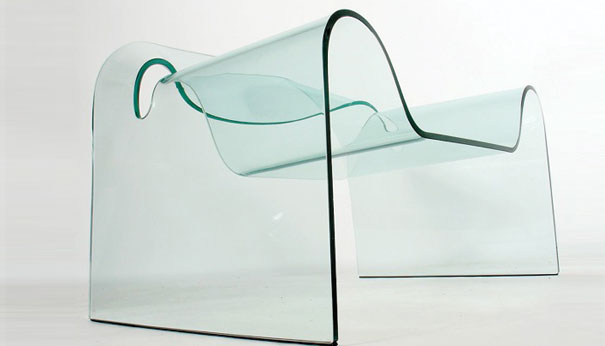
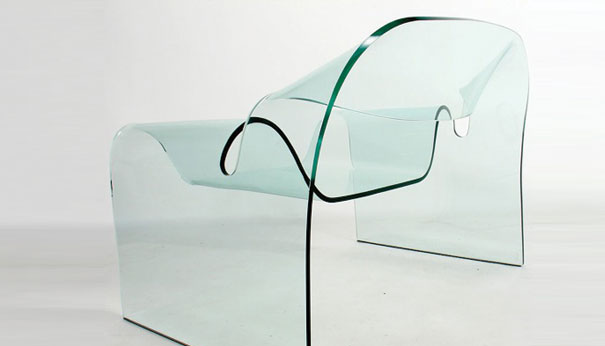
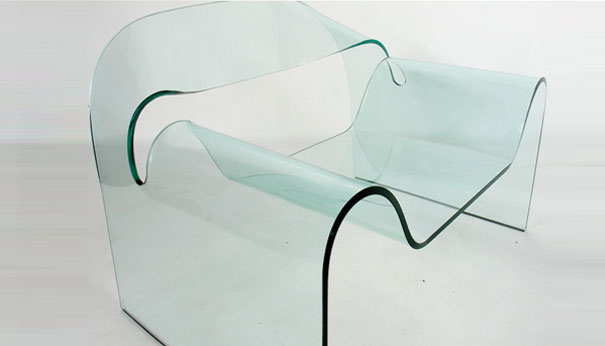
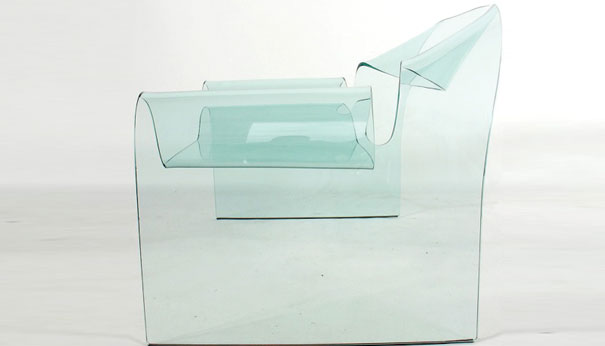

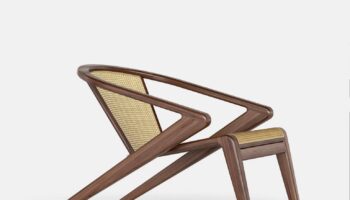
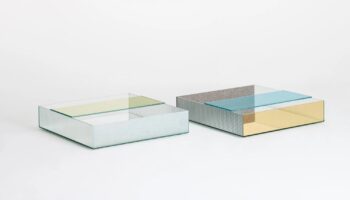

Leave a Reply